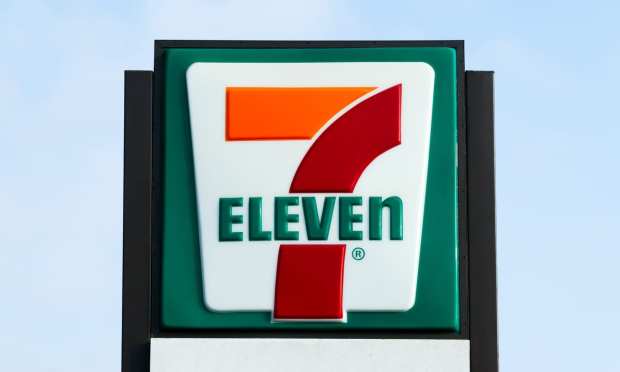7-Eleven Franchisee Labor Woes Suggest Wages Are Not Enough To Woo Workers

The solution to convenience stores’ labor woes may be more complicated than just raising pay above minimum wage. The National Coalition of Associations of 7-Eleven Franchisees (NCASEF), an umbrella trade association comprised of 41 regions’ franchise owners associations, representing over 7,400 7-Eleven locations overall, released a statement Monday (July 12) reporting that the “chronic understaffing” issue persists even as they raise wages. A survey of over 400 franchise owners conducted by the group found that 97 percent were having difficulties staffing stores, that 96 percent saw staffing grow more difficult in the last few months, and that, given the profit split with 7-Eleven’s corporate office, only a fifth of respondents could offer prospective employees a competitive wage.
“This survey proves what our franchisee members have been telling us for a long time. They can’t find enough people to work and they are working too many hours themselves,” Jay Singh, the coalition’s chairman, said in a statement. “The economic environment we find ourselves in has changed, but the royalty structure for 7-Eleven franchisees hasn’t.”
While the coalition attributes staffing woes to the royalty structure, the convenience store industry overall is facing similar difficulties at every state of the supply chain. In late June, the Convenience Distribution Association (CDA) announced that it was meeting with Department of Labor (DOL) officials to discuss staffing difficulties.
“CDA members have gone above and beyond to provide safe and stable jobs in their communities, but many remain unable to fill vacancies for drivers or warehouse workers,” said the association in a statement.
Not only are people not applying for or accepting new jobs — many are also leaving the jobs they have. The number of people voluntarily quitting their jobs rose by more than a fifth last month, June 2021, growing by 164,000 to 942,000, according to the Bureau of Labor Statistics (BLS).
Many employers have attributed their understaffing woes to potential workers opting out of employment because they can get by on their unemployment benefits. The CDA for one said it will “follow up” with the DOL “once members have data to illustrate the impact of the end of the additional $300-per-week unemployment insurance on vacancies.” However, data suggest that unemployment benefits have a minimal impact on workers’ desire and/or need to accept employment.
One report found that only 3 percent of people receiving unemployment benefits were getting enough that they would not need to go back to work to make ends meet. Additionally, an analysis by the Federal Reserve Bank of San Francisco of the U.S. CARES Act’s unemployment insurance’s effect on job acceptances found that “only a small fraction” of the recipients of the benefits would opt to decline a job offer at their pre-benefits wage.
Ultimately, for stores to meet their staffing needs, changes may need to be made to more than just wages. One May survey of 16,000 workers in 16 countries across a range of industries and positions found that more than half of employees want flexibility in when they work, 40 percent want flexibility in where they work, and millennials are twice as likely as baby boomers to choose to leave their jobs if they are dissatisfied.
A report released earlier this month detailing a survey of 30,000 job seekers found that three quarters think that employers should reevaluate the benefits they offer, and healthcare is the benefit most important to these job seekers, shortly followed by schedule flexibility. Consequently, wooing back workers may require a bigger rethink from convenience stores than just upping the number on the paycheck — it may require increased flexibility and better health benefits as well.
